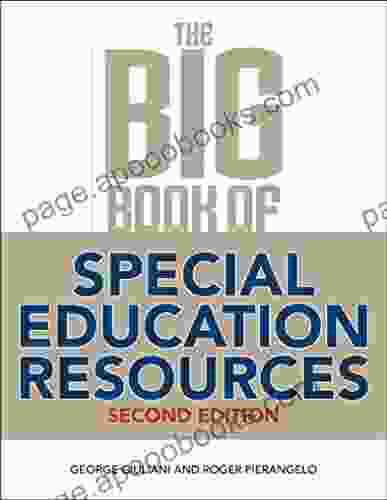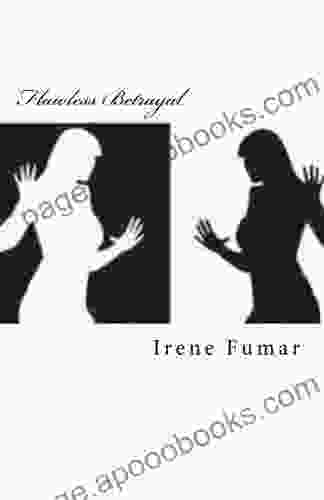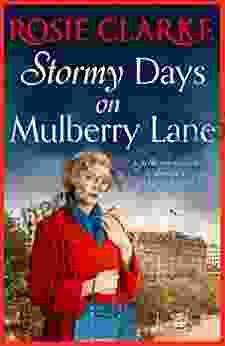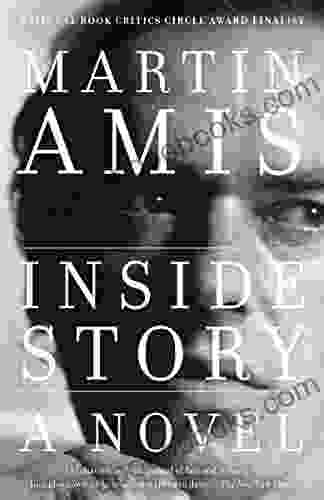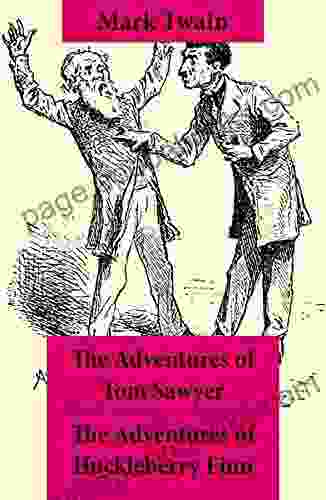Unveiling the Rich Tapestry of Music in Welsh Culture Before 1650

Music has always played an integral role in Welsh culture, weaving its enchanting threads throughout the tapestry of Welsh history. Before 1650, music flourished in various forms, from the lilting melodies of the harp to the powerful voices of the bards. This article embarks on a captivating journey to explore the vibrant musical traditions, instruments, and influential figures that shaped this era.
The Allure of the Harp
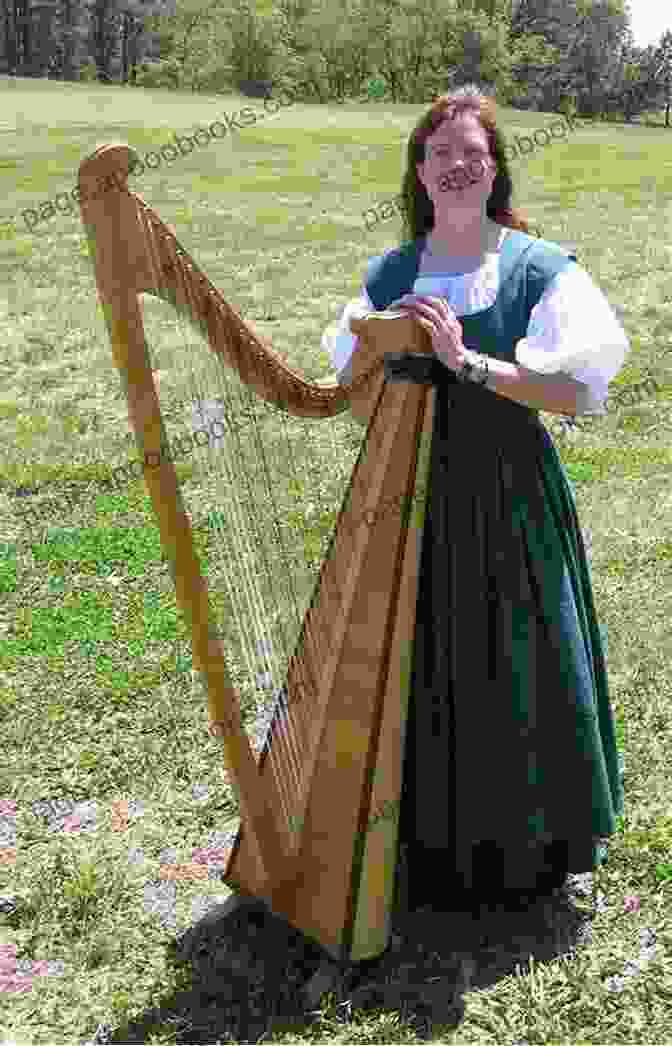
4.1 out of 5
| Language | : | English |
| File size | : | 2083 KB |
| Text-to-Speech | : | Enabled |
| Screen Reader | : | Supported |
| Enhanced typesetting | : | Enabled |
| Print length | : | 1104 pages |
| Lending | : | Enabled |
| Hardcover | : | 462 pages |
| Item Weight | : | 1 pounds |
| Dimensions | : | 6.14 x 1 x 9.21 inches |
The harp, known as the "telyn" in Welsh, reigned supreme as the national instrument. Its origins can be traced back to the early Celtic tribes, and it played a pivotal role in Welsh society. The intricate triple harp, with its three rows of strings, produced enchanting melodies that evoked both joy and sorrow.
Harpers were highly respected figures, often serving as royal musicians and storytellers. Their captivating performances were a staple of Welsh social gatherings, from grand feasts to intimate gatherings.
The Bards: Keepers of the Welsh Tradition
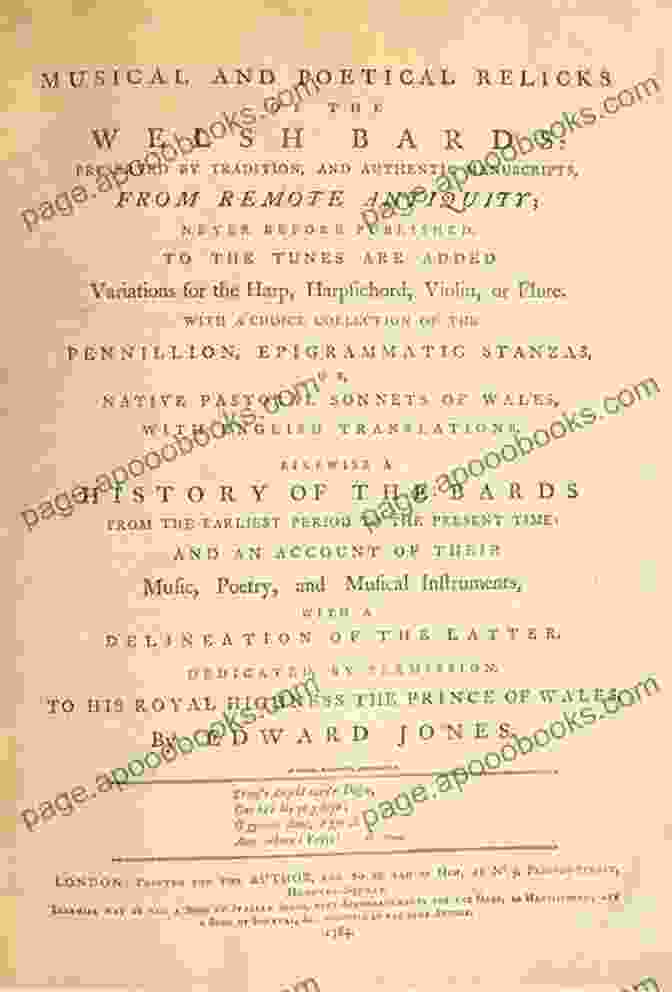
The bards, known as "beirdd" in Welsh, were not merely musicians but also poets, historians, and guardians of Welsh culture. They played a crucial role in preserving and transmitting the rich oral traditions of Wales.
Bards traveled from court to court, reciting epic poems and composing new works that celebrated Welsh heroes, battles, and legends. Their music was a powerful force in shaping Welsh identity and fostering a sense of unity among the people.
Instruments of Enchantment
Beyond the harp, a diverse array of instruments contributed to the vibrant tapestry of Welsh music. These included:
- Crwth: A bowed string instrument with three strings, known for its haunting, nasal tone.
- Pibgorn: A hornpipe played by shepherds, producing a rustic and evocative melody.
- Tabwr: A small, single-headed drum used to accompany dancing and singing.
- Pipe and Tabor: A combination of a pipe and a tabwr, creating a lively and energetic sound.
Each instrument played a unique role in Welsh music, from providing rhythmic accompaniment to enhancing the melodies of the harp and vocals.
Influential Figures
Throughout the pre-1650 era, several influential figures left an enduring mark on Welsh music:
- Dafydd ap Gwilym (1320-1380): A renowned poet and musician who composed love songs and nature poems set to music.
- Gruffudd Hiraethog (1340-1400): A skilled harpist and composer known for his intricate melodies and haunting lamentations.
- Iolo Goch (1320-1398): A court poet and bard who created powerful political and satirical songs.
These individuals were instrumental in shaping the sound and style of Welsh music, inspiring generations of musicians to come.
Musical Legacies
The music of pre-1650 Wales has left an indelible legacy on Welsh culture. Many of the instruments and melodies of the era continue to be played today, preserving the traditions of the past.
Welsh folk music, with its strong Celtic influences, remains a vibrant part of the cultural landscape. Contemporary musicians draw inspiration from the rich repertoire of traditional songs and instrumental pieces, reinterpreting them for modern audiences.
The musical heritage of Wales before 1650 is a testament to the enduring power of music. From the ethereal melodies of the harp to the poignant voices of the bards, this era witnessed a flourishing of musical traditions that continue to inspire and captivate.
Unveiling the rich tapestry of music in Welsh culture before 1650 is a journey into the heart of a nation's soul. It is a celebration of the enduring spirit of creativity and the transformative power of music.
4.1 out of 5
| Language | : | English |
| File size | : | 2083 KB |
| Text-to-Speech | : | Enabled |
| Screen Reader | : | Supported |
| Enhanced typesetting | : | Enabled |
| Print length | : | 1104 pages |
| Lending | : | Enabled |
| Hardcover | : | 462 pages |
| Item Weight | : | 1 pounds |
| Dimensions | : | 6.14 x 1 x 9.21 inches |
Do you want to contribute by writing guest posts on this blog?
Please contact us and send us a resume of previous articles that you have written.
 Book
Book Novel
Novel Page
Page Chapter
Chapter Text
Text Story
Story Genre
Genre Reader
Reader Library
Library Paperback
Paperback E-book
E-book Magazine
Magazine Newspaper
Newspaper Paragraph
Paragraph Sentence
Sentence Bookmark
Bookmark Shelf
Shelf Glossary
Glossary Bibliography
Bibliography Foreword
Foreword Preface
Preface Synopsis
Synopsis Annotation
Annotation Footnote
Footnote Manuscript
Manuscript Scroll
Scroll Codex
Codex Tome
Tome Bestseller
Bestseller Classics
Classics Library card
Library card Narrative
Narrative Biography
Biography Autobiography
Autobiography Memoir
Memoir Reference
Reference Encyclopedia
Encyclopedia Nduka Okafor
Nduka Okafor Mark Hayes
Mark Hayes Stephen Murphy Shigematsu
Stephen Murphy Shigematsu Sue Julsen
Sue Julsen Peter Carlson
Peter Carlson Michael I Harrison
Michael I Harrison Mary D Cornwell
Mary D Cornwell Marky Ramone
Marky Ramone Robert Fabbri
Robert Fabbri Mary Embree
Mary Embree Spencer Leigh
Spencer Leigh Martha Wells
Martha Wells Michel Bussi
Michel Bussi Matthew B Robinson
Matthew B Robinson Hal Leonard
Hal Leonard Roy Corral
Roy Corral Nick Harlow
Nick Harlow Martin Stanley
Martin Stanley Melissa Rossi
Melissa Rossi Michelle White
Michelle White
Light bulbAdvertise smarter! Our strategic ad space ensures maximum exposure. Reserve your spot today!
 Ethan GrayFollow ·4.1k
Ethan GrayFollow ·4.1k Angelo WardFollow ·3.1k
Angelo WardFollow ·3.1k Eddie PowellFollow ·16.2k
Eddie PowellFollow ·16.2k Carlos FuentesFollow ·6.6k
Carlos FuentesFollow ·6.6k Allen ParkerFollow ·3.6k
Allen ParkerFollow ·3.6k Deion SimmonsFollow ·15k
Deion SimmonsFollow ·15k Jaime MitchellFollow ·18.2k
Jaime MitchellFollow ·18.2k Ernest HemingwayFollow ·7.2k
Ernest HemingwayFollow ·7.2k
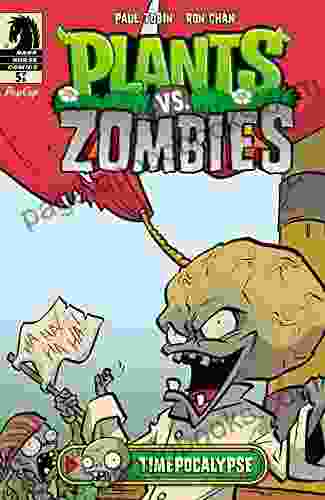
 Ben Hayes
Ben HayesJourney into the Verdant Realm of "Plants vs. Zombies:...
Immerse Yourself in an Epic Battle for...
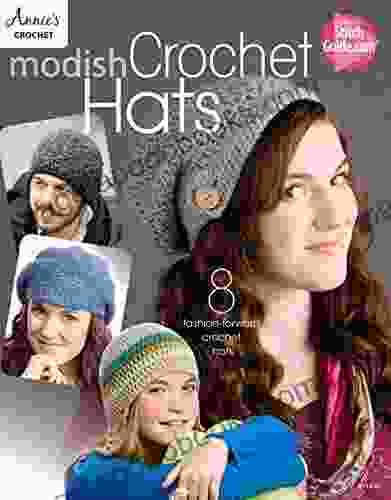
 Edward Reed
Edward ReedUnveiling the Allure of Modish Crochet Hats Annie...
In the realm of fashion and...
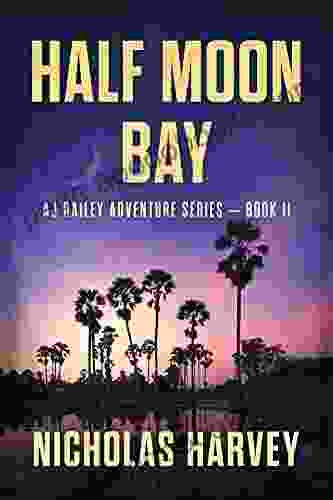
 Jaylen Mitchell
Jaylen MitchellHalf Moon Bay: An Unforgettable Adventure Awaits in Aj...
Prepare yourself...
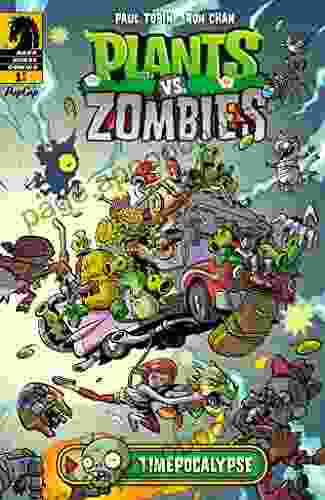
 Dan Brown
Dan BrownUnleash the Plant-Powered Apocalypse: Dive into Paul...
Prepare yourself for an epic showdown where...
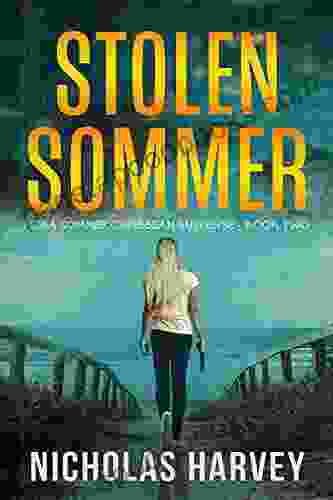
 Efrain Powell
Efrain PowellStolen Summer: Nora Sommer's Enthralling Caribbean...
Escape to a World of...
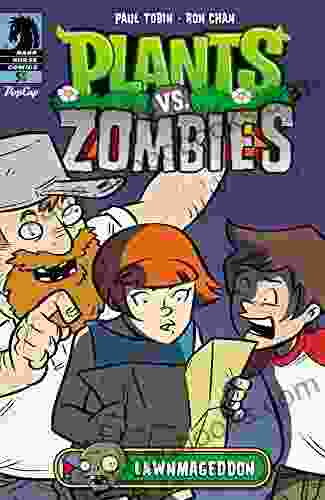
 Steven Hayes
Steven HayesPlants vs. Zombies: Lawnmageddon - The Ultimate Battle...
Prepare for the ultimate battle between plants...
4.1 out of 5
| Language | : | English |
| File size | : | 2083 KB |
| Text-to-Speech | : | Enabled |
| Screen Reader | : | Supported |
| Enhanced typesetting | : | Enabled |
| Print length | : | 1104 pages |
| Lending | : | Enabled |
| Hardcover | : | 462 pages |
| Item Weight | : | 1 pounds |
| Dimensions | : | 6.14 x 1 x 9.21 inches |


